Mon, 16 Mar 2015 . Last updated Thu, 25 Jun 2015 09:02


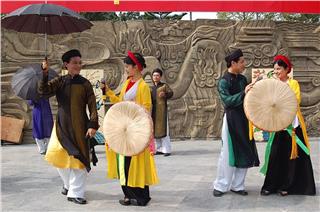
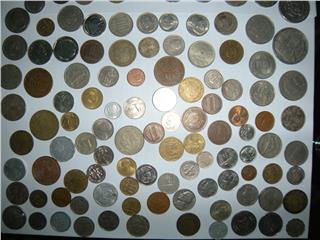
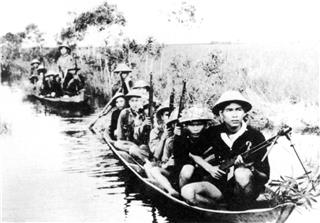
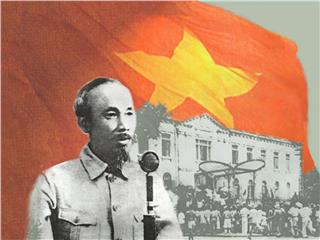
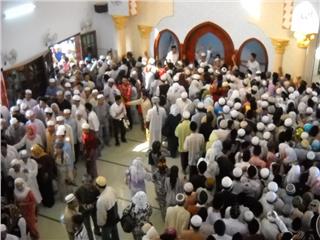
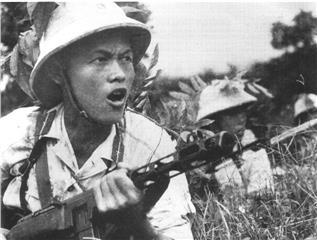
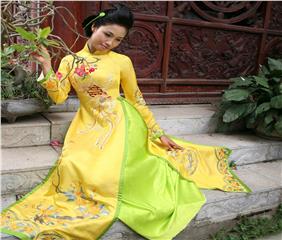
Turban and tunic are said to symbolize Vietnamese beauty. They appear in festivals, stages and in domestic and foreign cultural exchange programs. Each Vietnamese is always proud when wearing this outfit. Turbans are divided into three categories: turban for men, turban for women and one type for both men and women. As for turban for men, there is a bun in the back side and a peak in the front.
Strips for making turbans are ironed, embroidered or decorated with sequin, patterns. The front side of the turban is made of the word “Human”, the left side crosses the right side. Each type of turban has different number of rings. The higher the number of rings is, the harder it is to make a turban because craftsmen have to be careful. Patterns are in the shapes of dragons, phoenixes and lotuses or those ordered by customers. Sequin patterns are also made by hand. After being completed, the turbans will be dried.
Currently, in order to meet the market tastes, designs, styles and colors of turbans are diversified. In addition to normal turbans, there are turbans used in spiritual celebrations ceremonies and festivals. Villagers also make turbans used in traditional music concerts. Turbans for bride or turbans used in longevity ceremonies are also provided. Depending on the purpose, the number of creases is varied. However, to ensure product quality as well as the price of products, materials are carefully chosen. This is the most important stage.
Currently, Giap Nhat Hamlet has 7 facilities of 7 households making turban. Each facility employs 20 families. Each family is in charge of a specific stage in turban making process. Today, thanks to machinery, ideally, a person can make 100 cores per day. In this way, such owners as Trong can save cost of renting workshops. However, it’s necessary to closely monitor the production.
Such meeting is also an opportunity for local authority to reinforce the strength of craft villages. Each person and each generation has its own way to preserve and develop the traditional craft. Turbans are made all the year round to prepare for the consumption in January, February and August, when many festivals take place. These products are mainly sold in Northern provinces and now are exported to South Korea and Canada.
Source: VTC10 - NETVIET

 Đặt vé máy bay cho người Việt?
Bấm vào đây
Đặt vé máy bay cho người Việt?
Bấm vào đây
Our service uses cookies for technical, analytical and marketing purposes. See our Cookie và Privacy policies for more information. If you agree to this, just keep browsing.


